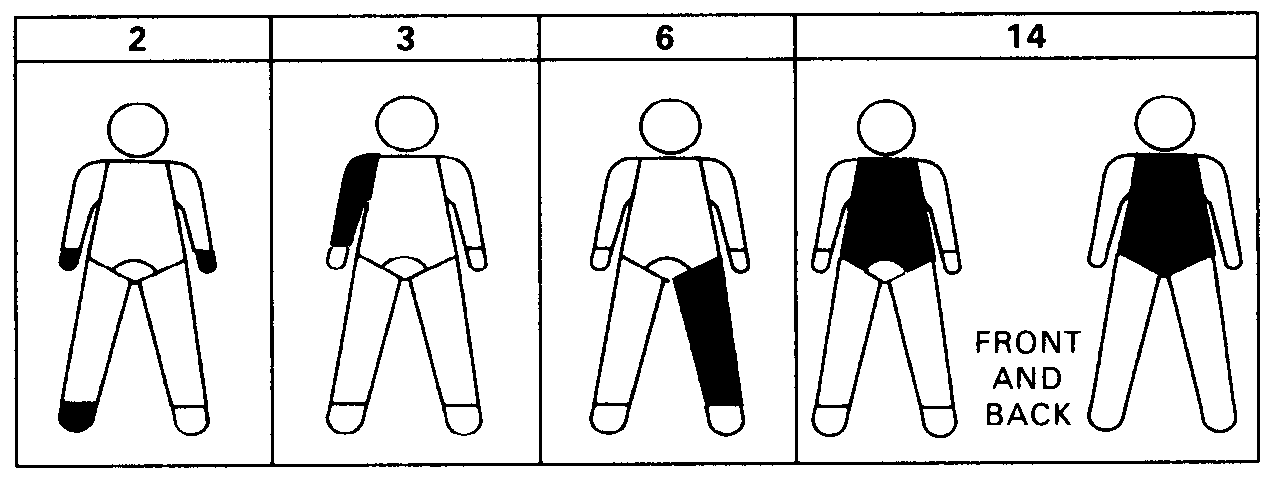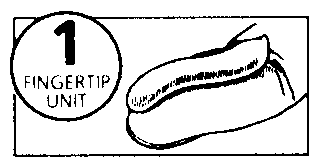

Patient Information Leaflet
Trimovate Cream
Trade mark
What you should know about Trimovate Cream
Trimovate Cream is a mild but effective treatment for inflamed skin conditions such as eczema, napkin rash and dermatitis. in which infection may be a problem.
IT IS IMPORTANT TO READ THIS CAREFULLY BEFORE STARTING TREATMENT
Following this advice gives the cream a chance to work safely and effectively.
Trimovate Cream is one of a group of medicines called topical steroids. "Topical" means they are put on the skin. Topical steroids reduce the redness and itchiness of certain skin problems (They should not be confused with "anabolic" steroids misused by some body builders and taken as tablets or injections).
Trimovate Cream also contains antibiotic agents which may help to prevent or clear up infections of the skin.
Ingredients of the cream include:
The main active ingredient - clobetasone butyrate 0 05%
an antibacterial agent - oxytetracycline
an anticandidal agent - nystatin
a preservative - chlorocresol
an antioxidant - sodium metabisulphite (E223)
a colouring agent - titanium dioxide (E171)
in a base containing glyceryl monostearate, cetostearyl alcohol, polyoxyl 40 stearate, dimethicone 20, glycerol and white soft paraffin
The cream does not contain any lanolin or parabens.
This cream has been prescribed to treat the skin problem that you showed to your doctor.
DO NOT put it on any other skin problems as it could make them worse,
especially:
acne
some skin infections such as cold sores, herpes, impetigo, athletes foot, chicken pox,
ringworm, thrush
Did you tell your doctor at the last visit or an earlier visit?
IF YOU DID NOT TELL YOUR DOCTOR THEN YOU SHOULD DO SO BEFORE STARTING THE TREATMENT
Even so, your doctor may still want you to use the cream.
Face –
YOU SHOULD NOT normally use on the face for many weeks or months as this skin may thin more easily. If your doctor has told you to use it on the face then keep it out of the eyes.
Children –
DO NOT use under the napkin, or airtight dressing of an infant for more than a week. (These make it easier for the active ingredient to pass through the skin).
If your doctor has told you in detail HOW MUCH to use and HOW OFTEN then keep to this advice.
If you are not sure then follow the advice on the back of this leaflet.
Unless told by your doctor:
If your skin problem does not improve in seven days tell your doctor. continued
NOTE - The cream can stain hair, skin or fabric. To avoid this a cotton bandage or clean cloth can be put over the treated area.
Stain can usually be removed from clothes that can be washed, by using a hot wash (60ºC) with a biological washing powder.
Most people find using this cream causes no problems when used in the right amount for the correct length of time (See above as well as guidance on back of this leaflet).
IF you find your condition gets worse during treatment you may be allergic to the cream or have a skin infection which needs other treatment.
STOP USING THE CREAM AND TELL YOUR DOCTOR AS SOON AS POSSIBLE
Repeated courses of topical steroids over a long period of time may sometimes cause changes in hair growth and skin colour.
If your doctor has told you in detail how to use the cream then keep to that advice otherwise:-
Up to four times a day, after washing your hands, gently rub the correct amount of cream into the skin until it has all disappeared.
For an adult:
You should find that
two fingertips of cream will treat both hands or one foot
three fingertips of cream will treat one arm
six fingertips of cream will treat one leg
fourteen fingertips of cream will treat the front and back of one trunk
Fingertip Units
|
|
||
|
|
||
Do not worry if you find you need a little more or a little less than this - it is only a rough guide.
Wash your hands before using the cream. Gently rub the correct amount into the skin until it has all disappeared. Unless used for treating the hands wash them again after using the cream. Anyone who helps to rub in the cream should also do the same or wear disposable plastic gloves.
The bacteria that cause infections like the warm, moist conditions under a bandage or dressing so always clean the skin before a fresh dressing is put on.
For a child:
The smaller the child the less you use.
A child of 6 months to 1 year needs about a quarter of the adult amount and a child of 4 years about one third.